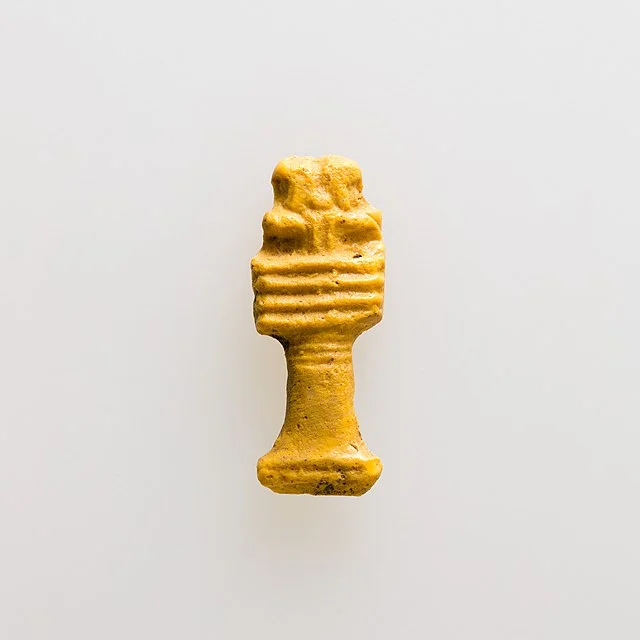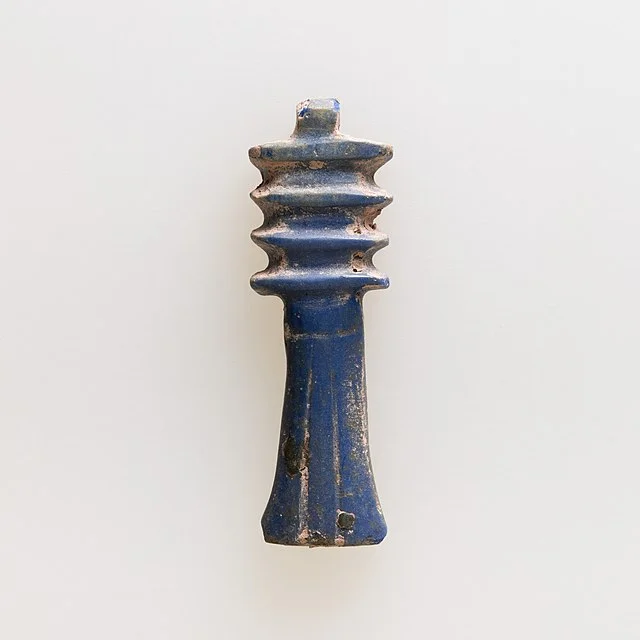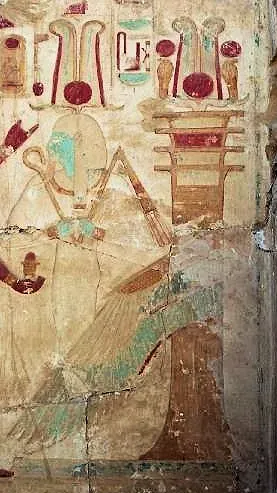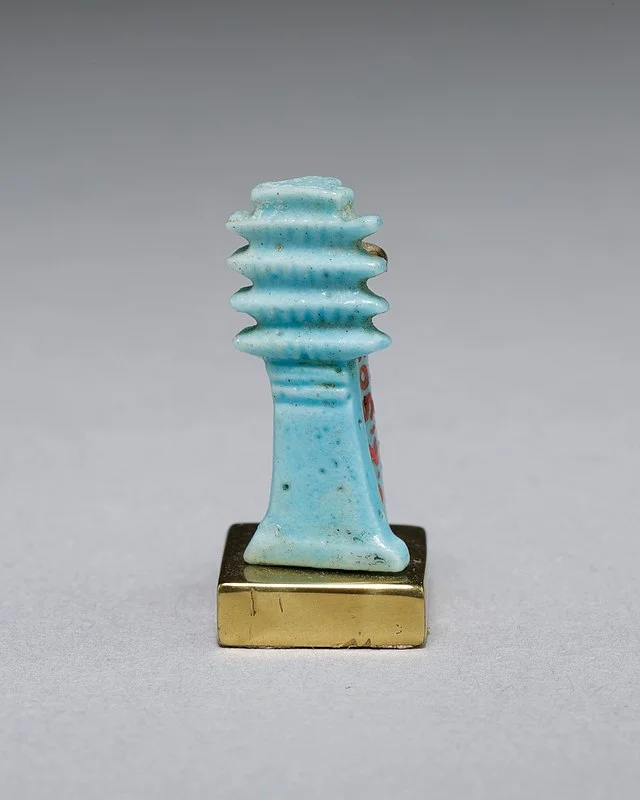The Djed pillar is one of the most important symbols in ancient Egyptian religion. It represents stability, endurance, and strength. Depicted as a column with four horizontal bars, the Djed was often associated with the god Osiris, the god of the afterlife.
Get your dose of History via Email
Origins and Meaning

The origins of the Djed pillar trace back to the Predynastic Period of ancient Egypt (before 3100 BC). Scholars believe it initially symbolized the backbone of Osiris. This connection to the backbone emphasizes its role in ensuring continuity, resurrection, and eternal life. As Osiris represented the cycle of death and rebirth, the Djed became a powerful symbol of life after death.
The Djed also symbolized stability in both the physical and spiritual realms. For the ancient Egyptians, stability was vital for maintaining order, known as Ma’at. The symbol played a significant role in religious rituals that aimed to preserve the balance of life and death.
Role in Religious Practices

The Djed pillar played a crucial role in many ancient Egyptian ceremonies. One of the most important was the “Raising of the Djed” ceremony. This ritual, often performed during the annual Festival of Osiris, symbolized the resurrection of Osiris and the restoration of life. Priests would raise a large Djed pillar to mark the rebirth of Osiris, representing the victory of life over death.
In tombs, Egyptians often included amulets or carvings of the Djed pillar to protect the dead. These items ensured that the deceased would gain stability and resurrection in the afterlife. In particular, the Djed symbol was placed on coffins and sarcophagi to safeguard the body and spirit of the deceased.
Representation in Art and Architecture

Throughout Egyptian history, the Djed pillar appeared in various forms of art and architecture. It was commonly depicted in wall reliefs, tomb paintings, and amulets. Artists carved the Djed into temple walls, sarcophagi, and even everyday items like jewelry.
Some ancient structures incorporated the Djed as an architectural element. Temples dedicated to Osiris, such as those at Abydos, featured large stone pillars resembling the Djed. These architectural representations reinforced the connection between Osiris, stability, and the Egyptian belief in eternal life.
The Djed and Osiris

The Djed pillar’s strong association with Osiris is central to understanding its significance. Osiris was one of the most important deities in the ancient Egyptian pantheon. As the god of the underworld, he ruled over death and resurrection. Osiris was also seen as a force of rebirth for the land of Egypt itself, symbolizing the flooding and renewal of the Nile River.
The Djed represented Osiris’ spinal column, and its raising marked his resurrection. Osiris’ resurrection also symbolized the renewal of Egypt’s agricultural cycles. Every year, the Egyptians performed rituals to ensure the Nile’s flooding, which brought fertile soil and enabled crops to grow. The Djed pillar, in this context, was a physical reminder of the interconnectedness of life, death, and renewal.
Legacy of the Djed Pillar

The Djed pillar’s significance continued beyond ancient Egypt. As Egyptologists uncovered tombs and temples, they found the symbol repeatedly used in religious contexts. Even today, the Djed stands as a symbol of endurance and stability.
The Djed pillar’s lasting legacy lies in its deep connection to both Egyptian mythology and their view of the afterlife. Through its symbolism, ancient Egyptians expressed their hope for continuity, order, and life after death. The Djed pillar endures as a testament to the spiritual beliefs of one of the world’s earliest and most enduring civilizations.
Conclusion
The Djed pillar served as a powerful symbol in ancient Egypt. It represented stability, resurrection, and the cyclical nature of life and death. Its association with Osiris made it central to Egyptian religious beliefs and rituals. The Djed pillar is a lasting reminder of the importance the Egyptians placed on the afterlife and the eternal cycle of renewal.
Source:

